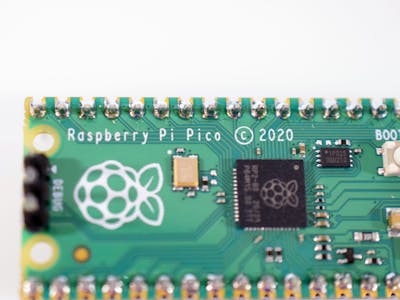You're probably used to hearing about Raspberry Pi in regards to their lineup of small, credit card-sized computers that are able to run Linux operating systems. They're great for situations when low power, great connectivity, and plenty of compute capability is needed, but it falls flat in situations requiring real-time performance and precise timings.
This is where the Raspberry Pi Pico excels. It has plenty of great peripherals, including I2C, SPI, USB, and more. The Pico contains two fast Arm Cortex-M0+ cores on a custom chip, along with a special subsystem called Programmable I/O, or PIO for short. It lets programmers create specialized state machines (up to 8) that can handle IO tasks with pins without the need for tons of CPU interaction, thus freeing up the two cores for other tasks.
Read Getting Started with the Raspberry Pi Pico via Explore all projects
An interesting link found among my daily reading

Comments